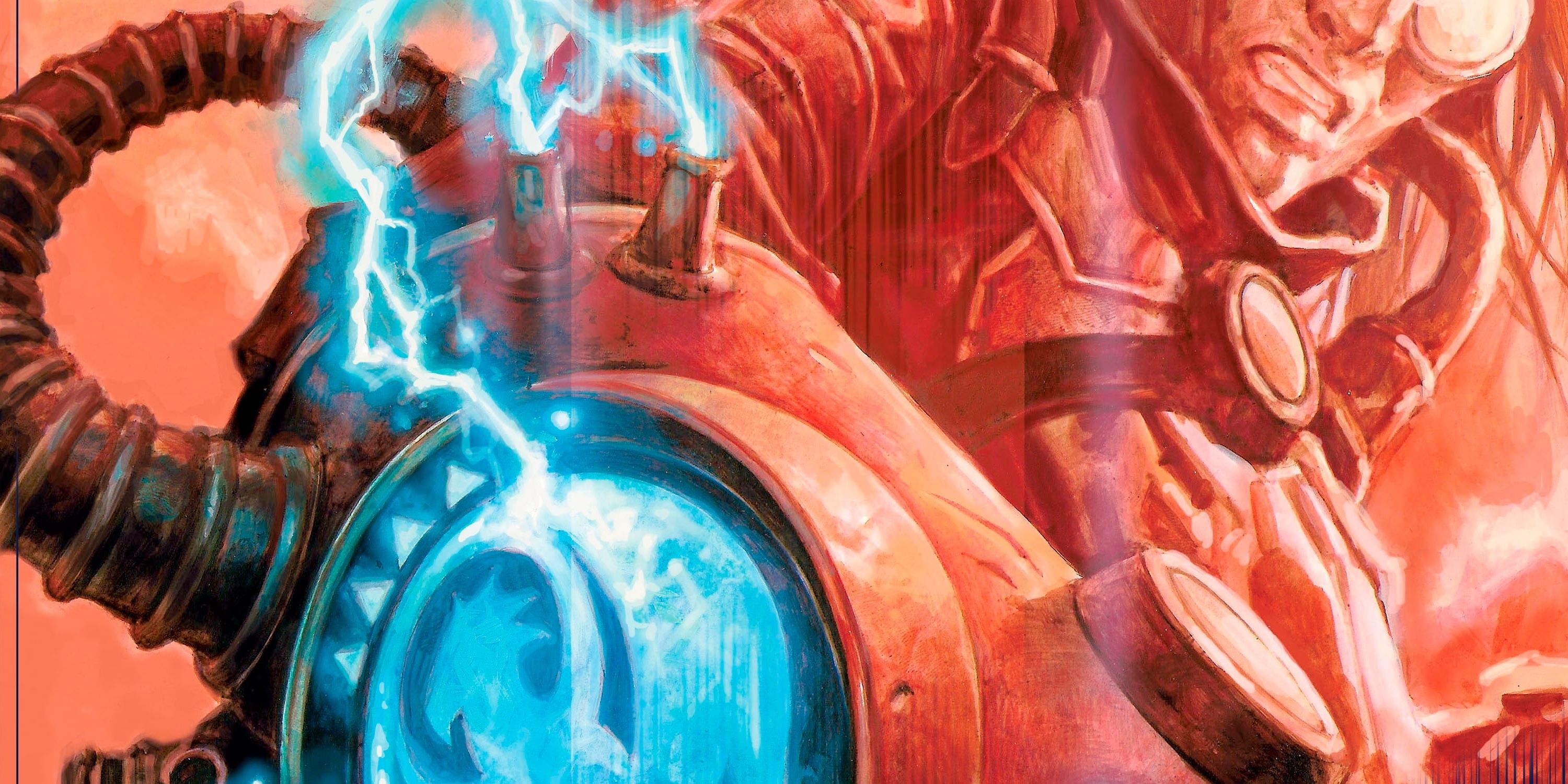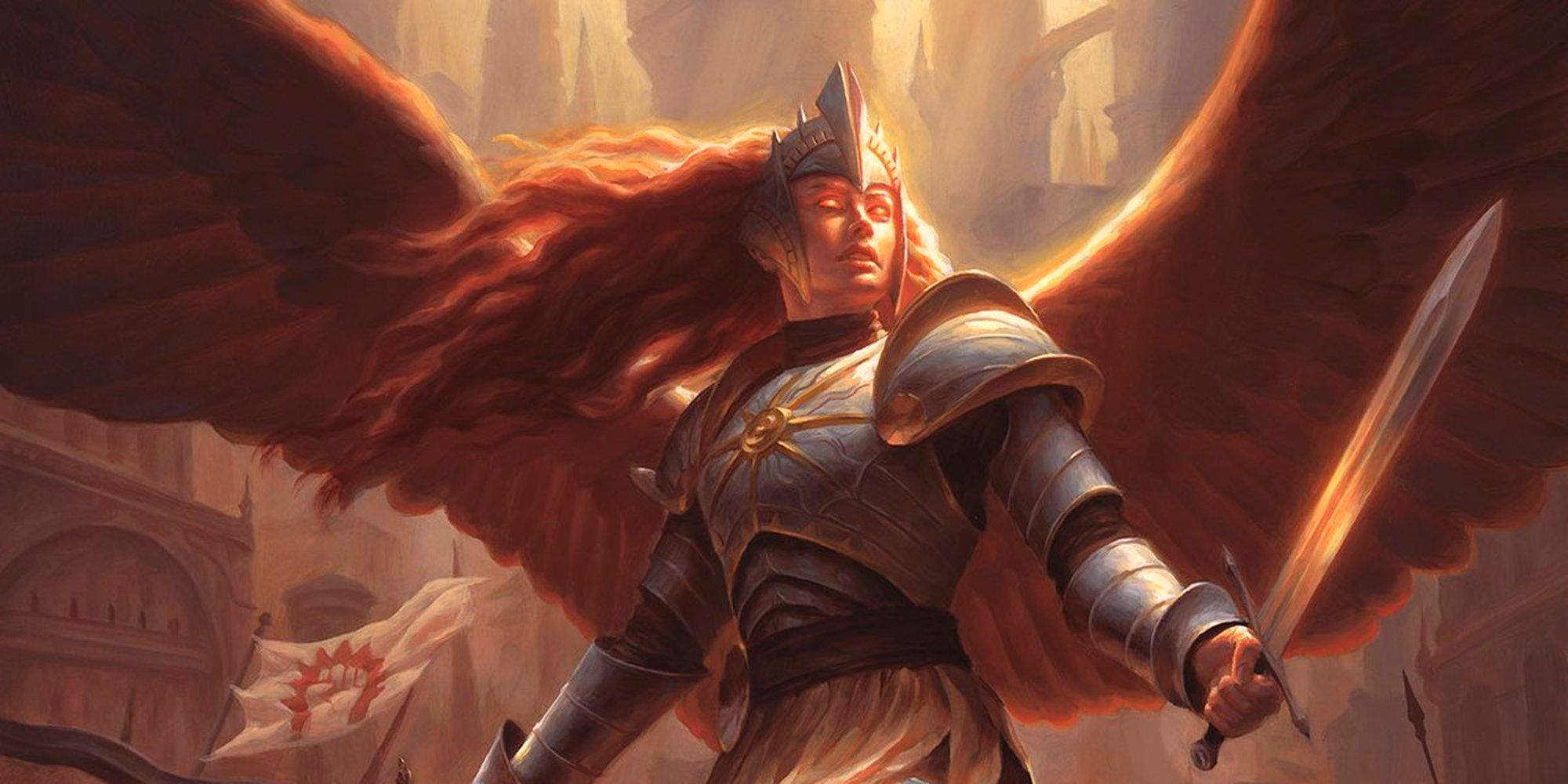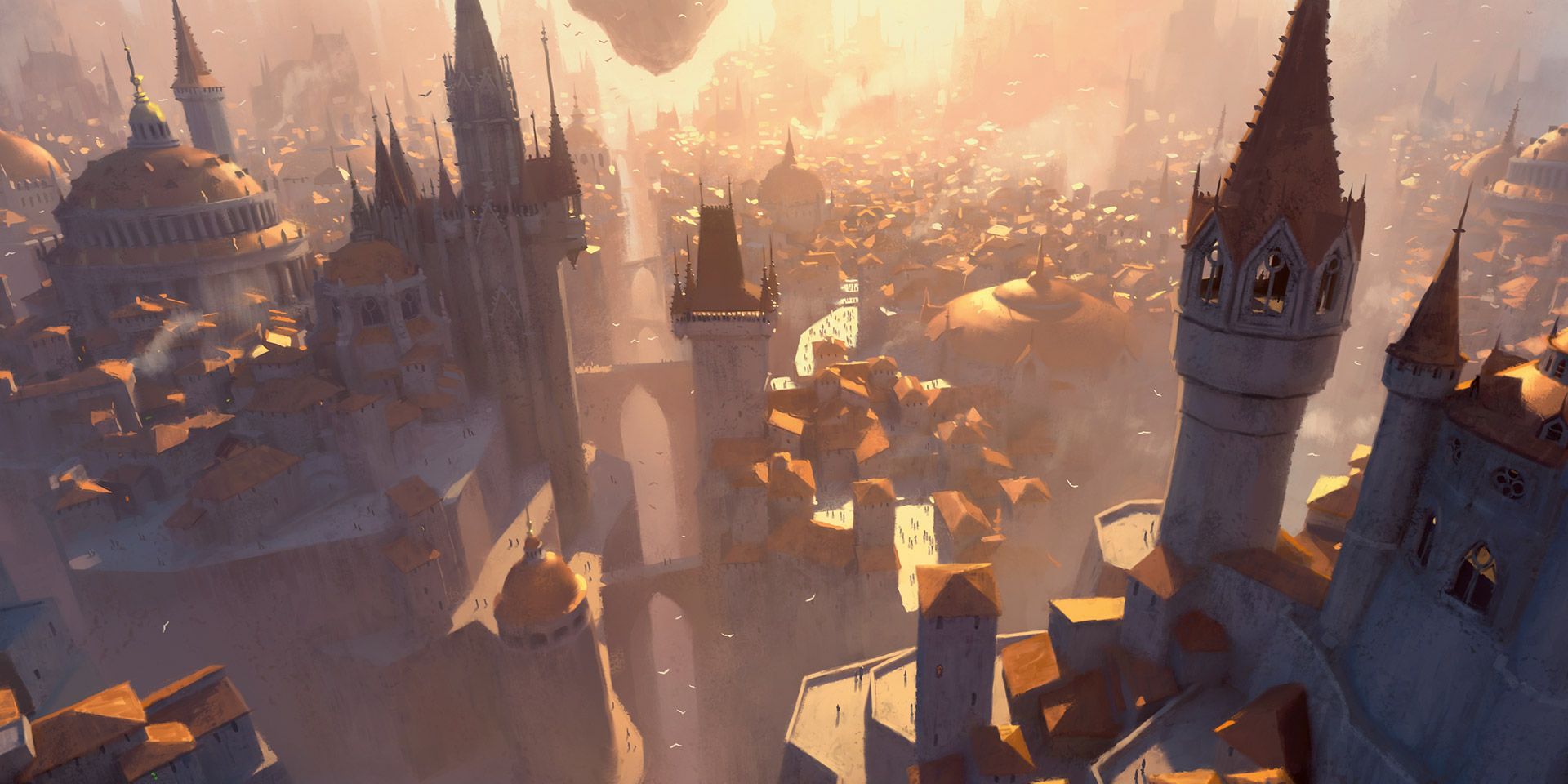Magic: The Gathering has captivated card game players since its inception in August 1993, but the game was not always a smooth ride. The original sets put the game on the map and exploded in popularity, but the game stumbled a bit in the mid-1990s, with sets like Homelands and Chronicles. In the mid-2000s, the game was struggling again -- until the original Ravnica block saved it.
In 2005, the game's modern era was just getting started, with the original Mirrodin block being the first block with modern card frames. The Kamigawa block came soon after, but both of these sets proved problematic. The Ravnica block turned around this dire situation at once; it might even be said that Ravnica saved the game.
New Set Design & Factions, Ravnica Style
The Ravnica: City of Guilds block came just in time, because the two blocks before it were creating a miserable Standard experience. On one hand, the Mirrodin block spiraled out of control with its colorless artifact decks (Affinity), and the Kamigawa block overcompensated with awkward mechanics, narrow tribes and a low power level. By this time, Wizards of the Coast was ready to try something new, and a bottom-up (mechanics first) block was born: Ravnica.
WotC's designers realized that they hadn't made a multicolored-theme block in some time, and the last such block had proven popular. In this dire time, a tried-and-true idea was urgently needed, and the Ravnica block's design followed that idea perfectly. But this time, the colors were not defined by tribes; instead, each two-color faction would be centered around gameplay mechanics and keywords, as well as wizard guilds. The modern concept of factions was born, and the ten guilds of the Ravnica plane are symbolic to this day.
This block was also planned out from beginning to end, which ensured that each of the three Ravnica sets would have exciting and fresh content to maintain the block's pacing and momentum. WotC wanted ten factions, but putting them all in the first set would skew the entire block, so they decided on a 4-3-3 model. Four guilds would appear in the first (and large) set, encompassing the five colors between them, and the second and third sets would include three more guilds, again involving all five colors. The idea worked exactly as hoped; all five colors were exciting and powerful in all three sets, and players could look forward to seeing what kind of guild each color combination would be.
Each guild defined how factions in Magic should be designed. It takes more than mana colors or card art to make a cohesive faction, and the original Ravnica block bet heavily on the idea of fully fleshed-out factions. Each of the ten guilds would have a distinct name, a legendary creature as the guild leader, a smaller legendary creature as the guild's lieutenant, a mana rock Signet, a few dual lands (of all rarities), a utility land in the uncommon slot, an uncommon Guildmage creature with two activated abilities, a unique watermark on the card itself as a guild emblem and, of course, a unique keyword or mechanic.
For example, the green-white Selesnya Conclave guild had the Convoke mechanic to tap creatures and help pay for mana costs, combining the "go wide" aspect of white mana with the "go big" nature of green. The Izzet League (blue-red) could use Replicate, spending extra mana to duplicate instants and sorceries in the name of mad science. Then, the Simic Combine (blue-green) would distribute +1/+1 counters and move them around, like scientists engineering the perfect specimen.
Ravnica's Beloved Metropolis
Another factor in the original Ravnica's favor was its setting. The all-metal plane of Mirrodin was fairly interesting, but it resulted in unfair Affinity decks. The plane of Dominaria was played out by then, and planes like Rath and Ulgrotha weren't terribly interesting. Wizards created the metropolis of Ravnica, a plane completely covered with a sprawling city, the fantasy version of Coruscant.
Nothing like this had been seen in the Multiverse before, and it was the perfect setting for ten feuding factions that had mechanical (rather than tribal or lore-based) identities. Players might have felt like urban explorers or street rogues, diving deep into the vast and mysterious city and its secrets. This also made for some fascinating card art, with goblins, elves, vedalken, loxodon, zombies and more living and fighting in Magic's version of New York City rather than a rustic medieval village or forest.
What is more, this setting is open-ended where lore is concerned, and Planeswalkers could easily visit the world of Ravnica and launch an open-ended adventure of their own. A guest could side with any of the ten guilds, or go entirely rogue, and explore the endless city as they see fit. On other worlds, such as the war-torn Zendikar or the shadowy Innistrad, there is a more linear plot with specific characters and major lore events.
While Ravnica does have its own plot with Agrus Kos, the Guildpact and others, this plane has more of a "sandbox" feel than most other Multiverse settings. This is mainly because the ten guilds are all distinct but roughly equal in power, and players and in-game characters alike can choose a faction freely.



